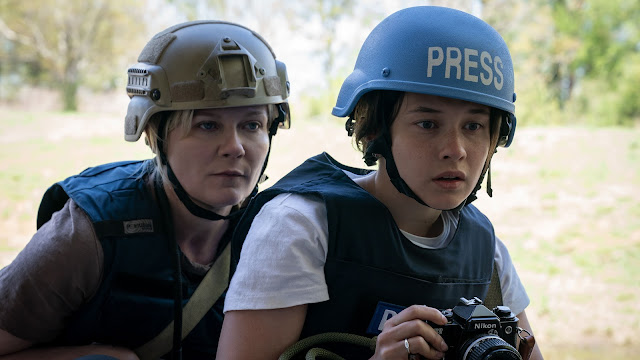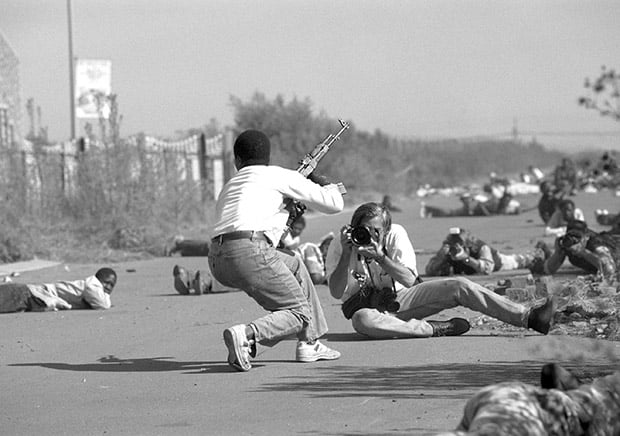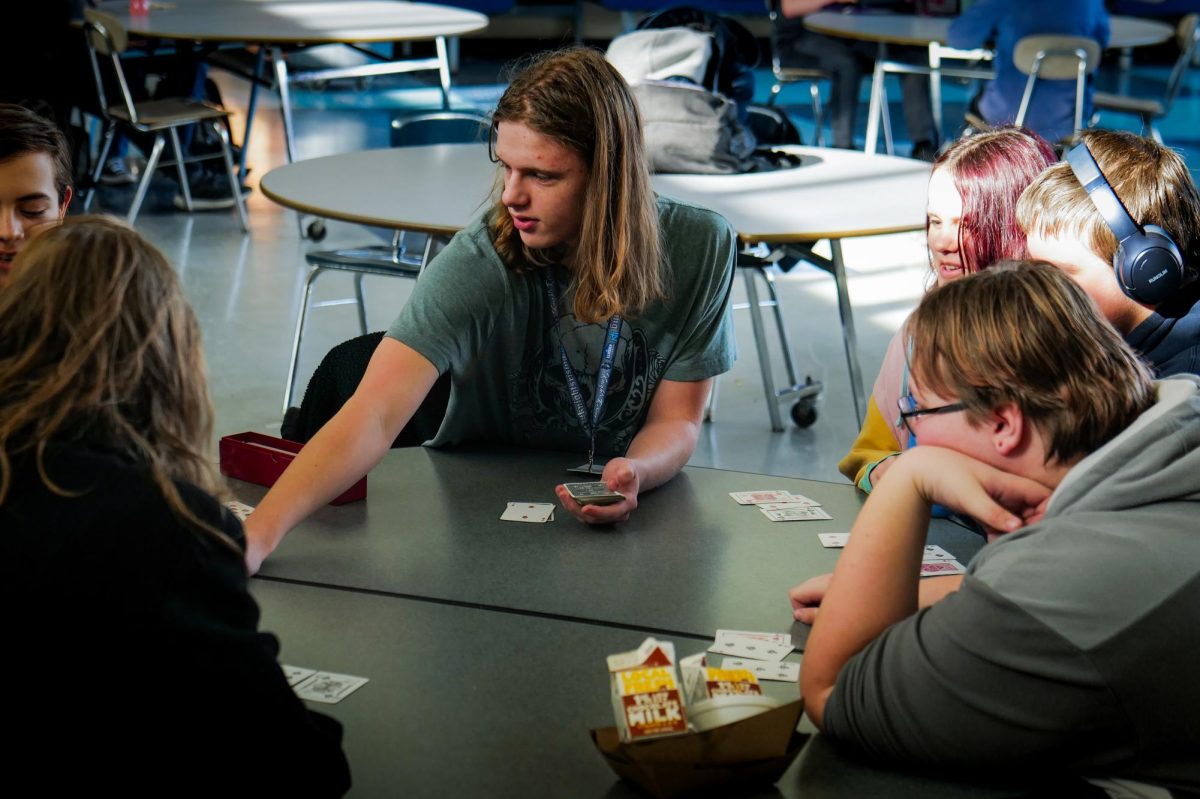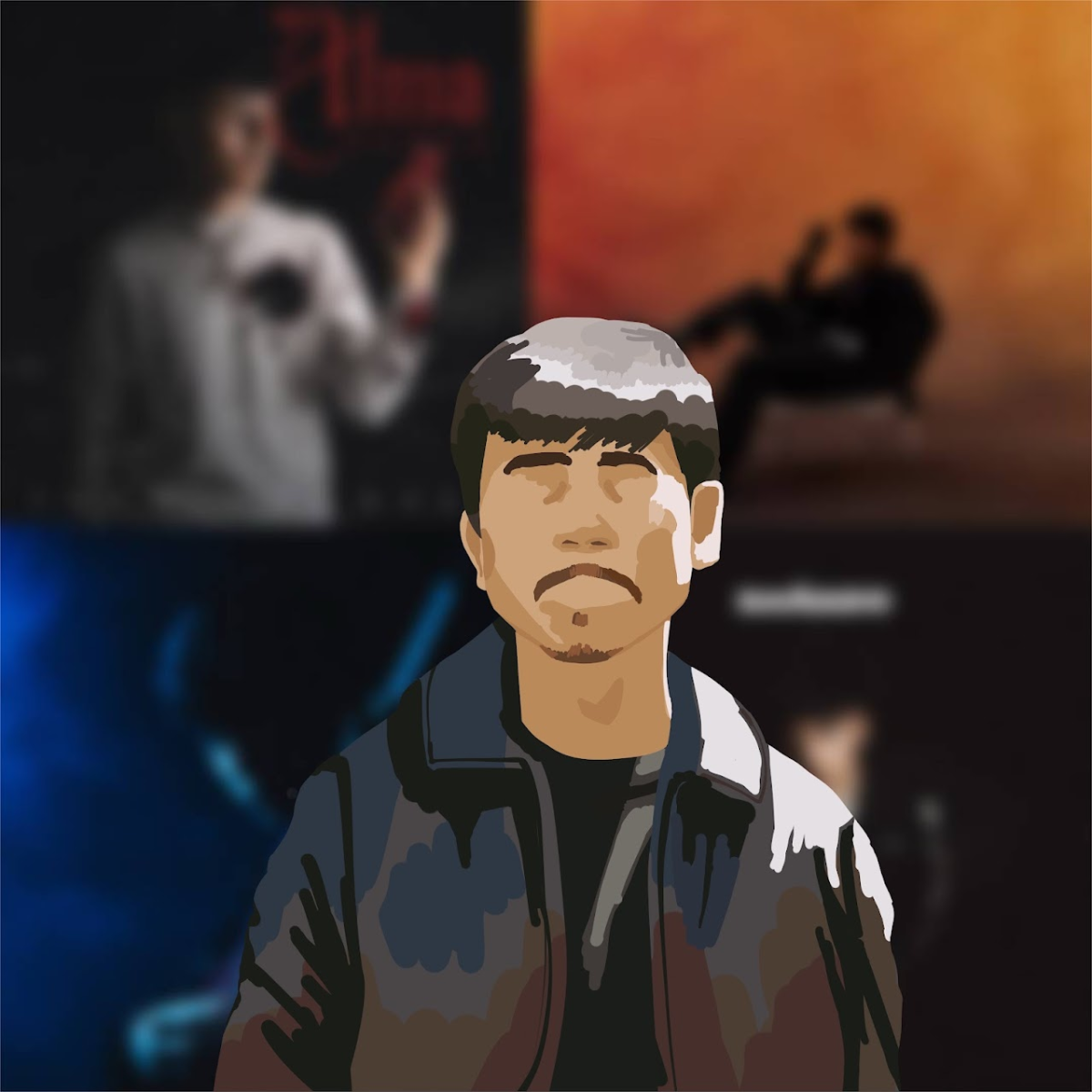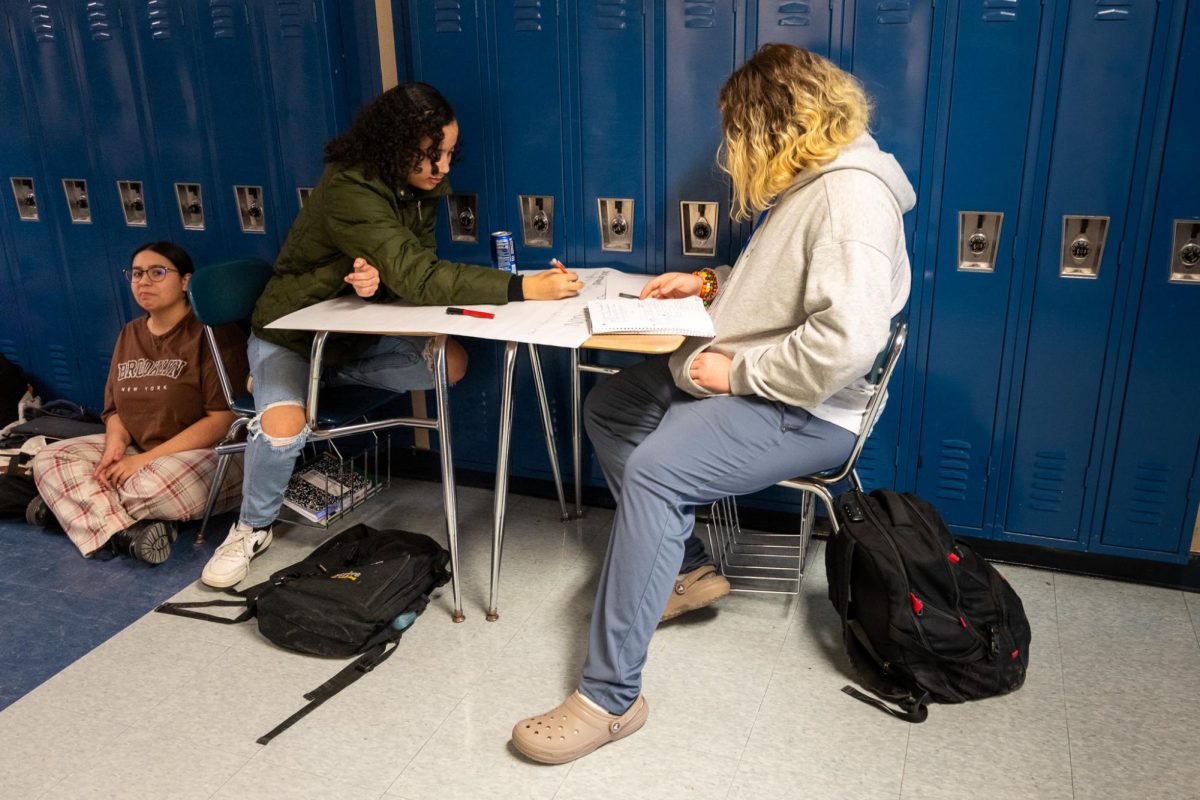“What kind of American are you?” asks a camouflage-clad militant, brandishing an automatic rifle and standing above a mass grave of civilian bodies. This interaction encapsulates the piercing tension felt throughout A24’s newest film, “Civil War,” a dramatic dystopian film set in a politically-tumultuous United States.
Independent film studio A24 is well-known for its artistic indie films, with the likes of “Lady Bird,” “Moonlight” and “Midsommar” highlighting their collection. Director Alex Garland has been the brains behind some of A24’s most successful thriller films, including “Ex Machina” and “Men.”
Premiering on April 12th, 2024, the film is one of Garland’s most reflective works. Deliberately released in the lead-up to a decisive election year for American politics, the movie details the role of photojournalism in wartime and the desensitization of the American people.
The film follows jaded photojournalist Lee Smith (Kirsten Dunst) and her team of fellow reporters as they travel across a modern United States, wrecked by a civil war between the authoritarian U.S government and the seceded states of Texas and California, known in the film as the ‘Western Front.’
The reporters travel to the front lines of Washington D.C., hoping to capture images of the acting President bunkering down in the White House amidst the crossfire. During the pilgrimage across a war-torn America, the crew confronts the destruction of the country we know today.
In the film, it is assumed that the presiding President turned to corruption by taking a third term in office, disbanding the Federal Bureau of Investigation (FBI) and using airstrikes on American civilians. There are references to a ruined economy, with armed militants in West Virginia selling half a tank of gasoline for $300 CAD, arguing that $300 USD could only buy a sandwich.
Lee serves as a mentor for a young journalist, Jessie (Cailee Spaeny), who joins the crew in hopes of following Lee’s footsteps. Throughout the film, we see flashbacks of Lee in various warzones capturing gruesome images. In these scenes, she is seen impassively putting herself in the line of fire for the “money shot.”
Jessie is warned of the dangers around the profession: not only will her life be at risk, but the emotional burnout of documenting such trauma haunts older photographers in the field, like Lee.
Cailee Spaeny is an emerging star in Hollywood, well-recognized for her recent starring role as Priscilla in A24’s “Priscilla.” Spaeny is excellent in “Civil War”, capturing the transition from fear and hesitation amidst the fighting to the emerging confidence and recklessness we see her come into at the end of the movie. Viewers can see this character progression through the black-and-white stills Jessie takes on her film camera. In the beginning, her shots are cautious and use Lee as a main focal point. Her images become more confident as the movie continues, often capturing the most gruesome scenes.
What “Civil War” does best is shock the viewers out of their desensitization to violence. Social media is intentionally omitted from the film, but its use in modern journalism has changed the way that consumers watch wartime media. Instagram feeds are flooded with “sensitive content” from the ongoing Israel-Hamas conflict, which numbs users to the violence, making them feel as though the issue is distant and unrelatable.
Despite its purposefully-unsettling nature, the film achieves a surprising effect of relatability by creating an incredibly realistic backdrop of modern America in destruction. As the party of journalists makes their way across the nation, we see New York City up in smoke, hundreds of shelled-out cars left abandoned on the highway and refugee encampments in college football stadiums. As viewers see the Lincoln Memorial blown to pieces in the enemy siege, and the sky over the Washington Monument lit with bombs, they are stunned with the likeness to Middle Eastern warzone coverage.
The true scale of the set design is showcased when the movie comes to a gripping climax as The Western Front forces take control of the White House in an all-out battle for Washington D.C.
According to an interview from British GQ, the set designers used a combination of blue screens, practical sets and CGI editing to replicate the iconic city in ruins.
The use of sound elements and musical score build the breath-holding tension that is felt throughout the entire film. In a particularly intense scene, the group of reporters tag along with a rebel group as they clear a building of opposing forces. The team moves through an abandoned office building in the darkness, the heavy silence is broken as a single shot rings out, killing the first opponent. As the crack of the bullet rings out, “Say No Go” by De La Soul begins to play: a funky, hip-hop song that would make more sense on an upbeat walk down the street than during a shootout.
The incongruous soundtrack contributes to the discomforting perspective that the film has on war journalism. Throughout the action, we see Lee begin to break down, the toll that documenting bloodshed has on her becoming evident.
Lee delivers one of the most potent messages of the film as she looks into the night sky above West Virginia, aglow with gunfire and long range missiles, she states, “Every time I survived a war zone, I thought I was sending a warning home: Don’t do this.”
This line is a pointed reference to famous photographer James Nachtwey’s quote, “I have been a witness, and these pictures are my testimony. The events I have recorded should not be forgotten and must not be repeated.”
Lee’s character is heavily influenced by the likes of Nachtwey, and the film has a direct reference to famous WWII photographer, Lee Miller. As much as “Civil War” is a commentary on political tensions in America and the ongoing threat to the well-being of journalists, it is a dedication to influential photojournalists that have shaped wartime media.


